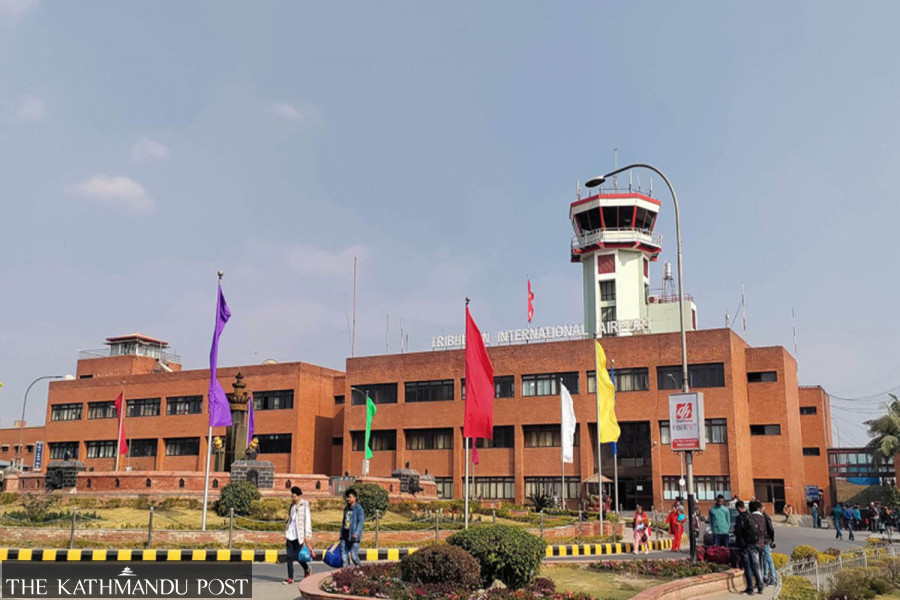Editorial
Tribhuvan int’l gold port
The latest bust shows Nepal remains a transit state for trans-national gold smuggling.
If common Nepalis continue to be fascinated by gold despite its rising price, so do gold smugglers in spite of sporadic cases of confiscation at (or close to) the Tribhuvan International Airport (TIA). With the Department of Revenue Investigation seizing between 80-100 kilogrammes of gold on Wednesday from near the TIA, after the haul had cleared immigration checks, the debate about Nepal being a haven for international gold smuggling has once again popped up. The basic questions the public is asking are also the most startling: How is it that the officials at the TIA ferret out their extra mobile phones weighing 150 grams while they cannot find a quintal of gold? How does the security technology that detects the public’s coins and belts not beep out the gold being smuggled?
What is outrageous is that senior government officials, including those directly responsible for ensuring water-tight security mechanisms at the airport, have already started appearing in the media and waxing eloquent about how they managed to foil the smuggling plan. Even as much of the media relays the scripted soundbites by the high level officials, it is important to ask them hard questions as to why the gold smuggling business has been going on unabated for years under their watch. The lack of accountability pervades every aspect of governance in the country, and the agencies at the TIA are no different.
The latest case has reinforced the suspicion that Nepal continues to serve as a safe haven for gold smuggling. In fact, initial arrests in the case, involving individuals connected to Nepal, India and China, point to a transnational empire of gold smuggling for which Nepal serves as a transit point. The fact that the officials could confiscate the haul only after a tip-off shows that gold smuggling continues unhindered in Nepal except for sporadic cases of busting. It also suggests that the security mechanisms, both technical and human, at the TIA, do not function well. As per the initial investigation, many more quintals of gold might have passed through the TIA gates, as the brake shoes of motorcycles and scooters, inside which the gold were being transported on Wednesday, had been imported at least 22 times in the past two months.
The 33.5-kilo gold smuggling case six years ago, which later led to several arrests and convictions, including that of the mastermind Chudamani Upreti aka Gorey, was expected to be the death knell of networked gold smuggling operations in Nepal. But that was not to be. In fact, the investigation and justice mechanism in that case have also been severely criticised for sparing the big fish go while the small fish faced music. This failure cannot be a permanent feature of Nepal’s security system. The government this time should undertake a thorough investigation and bust the gold smuggling mafia once and for ever. Failing to do so would only deepen the suspicions of the international community that Nepal can be relied upon to play its part to tackle trans-national organised crimes. This has real consequences, for instance the continuous slide in the global ranking of Nepali passports, with the citizens of the country now allowed visa-free in just 38 countries.



 13.12°C Kathmandu
13.12°C Kathmandu














